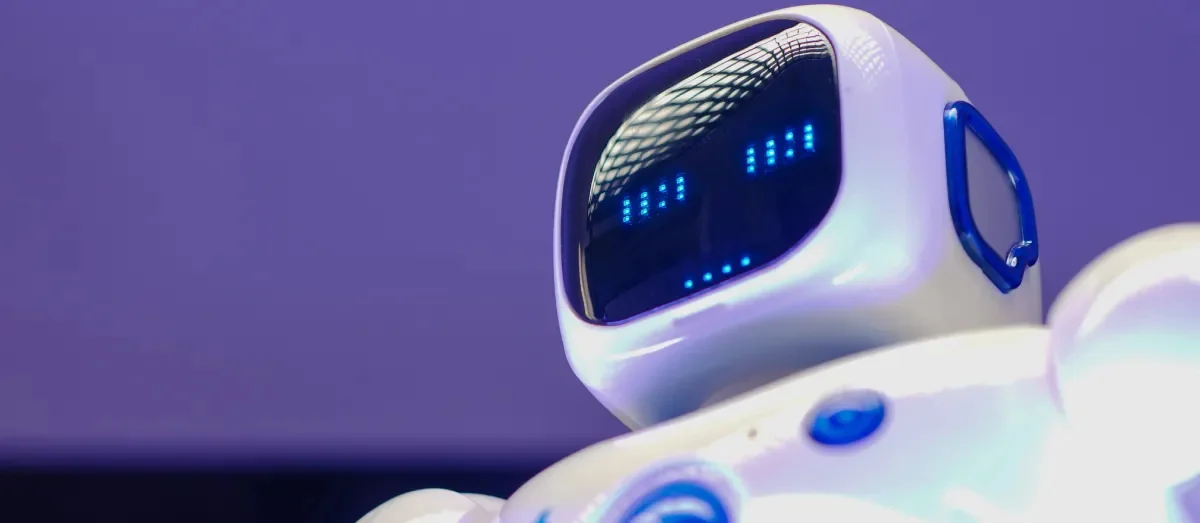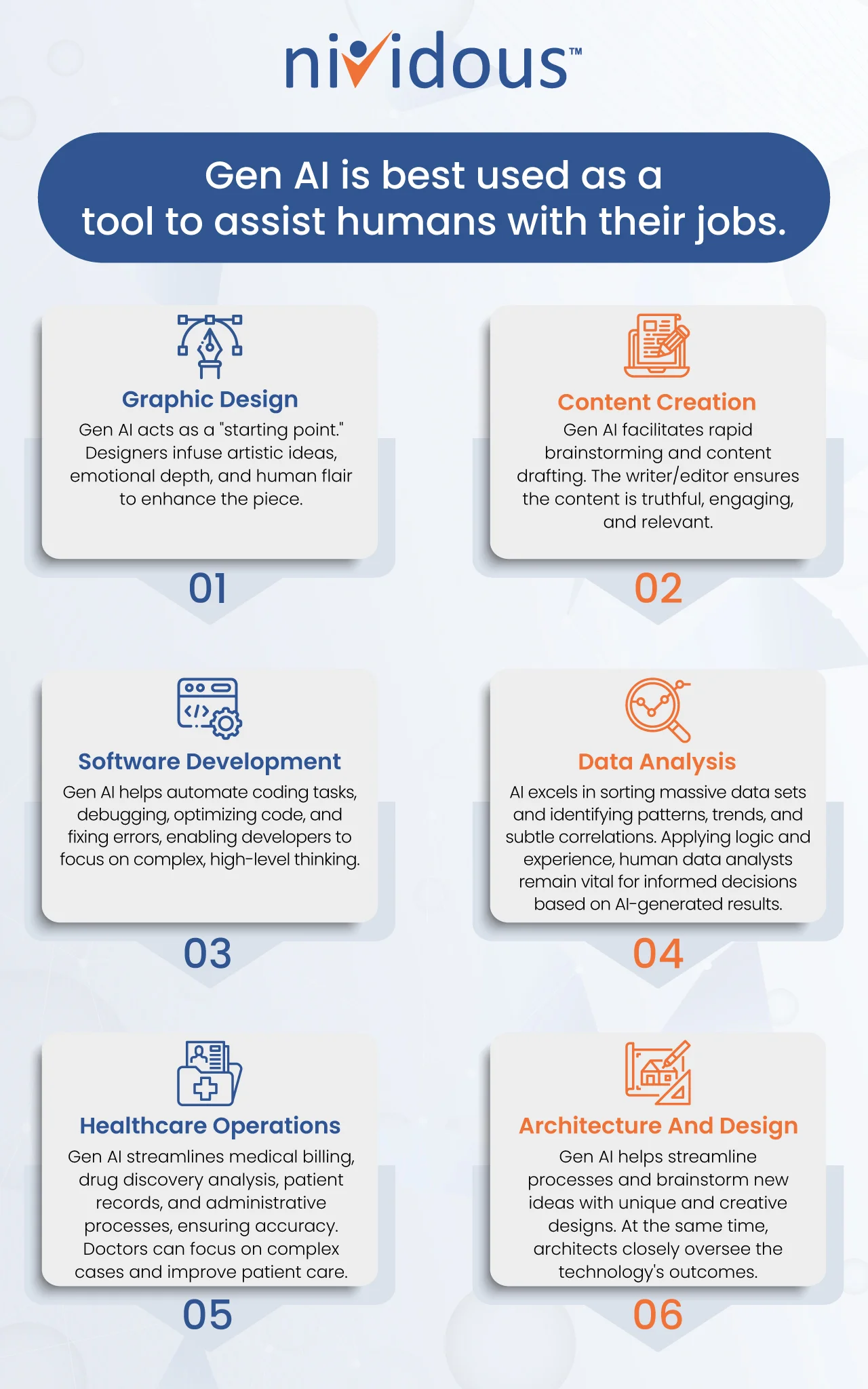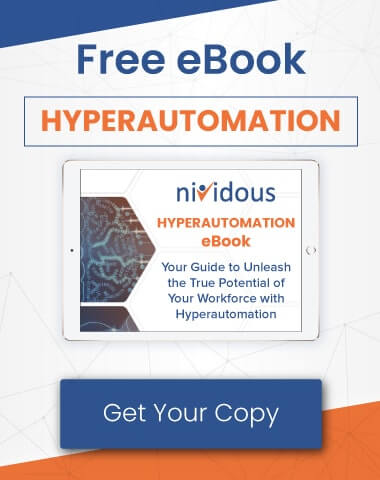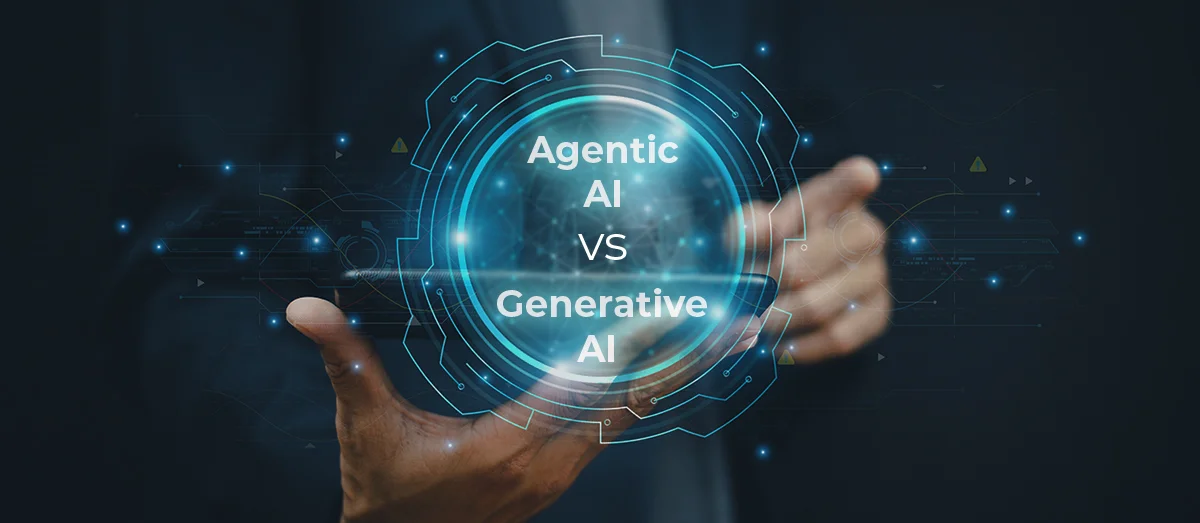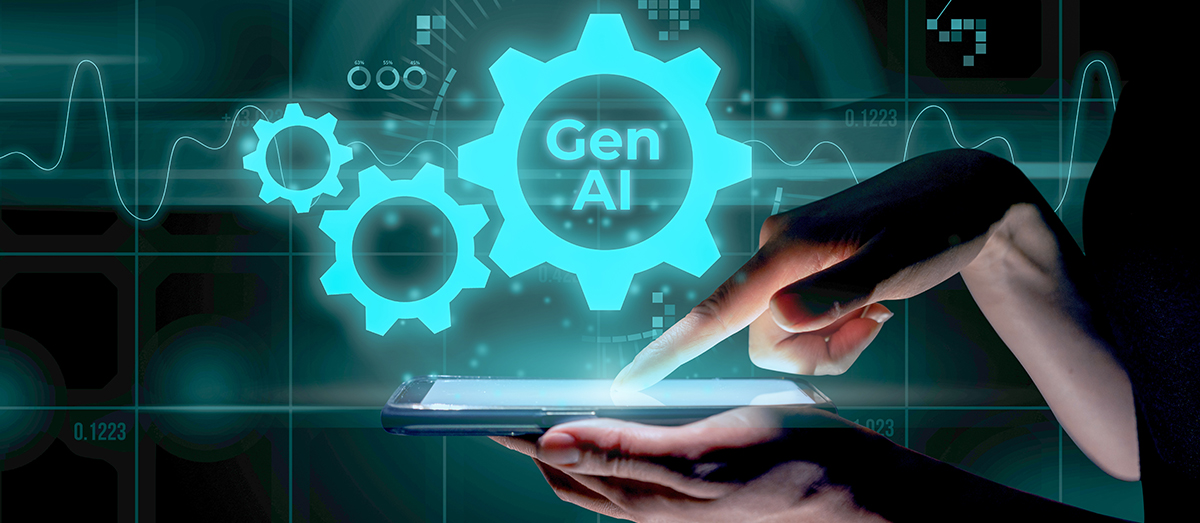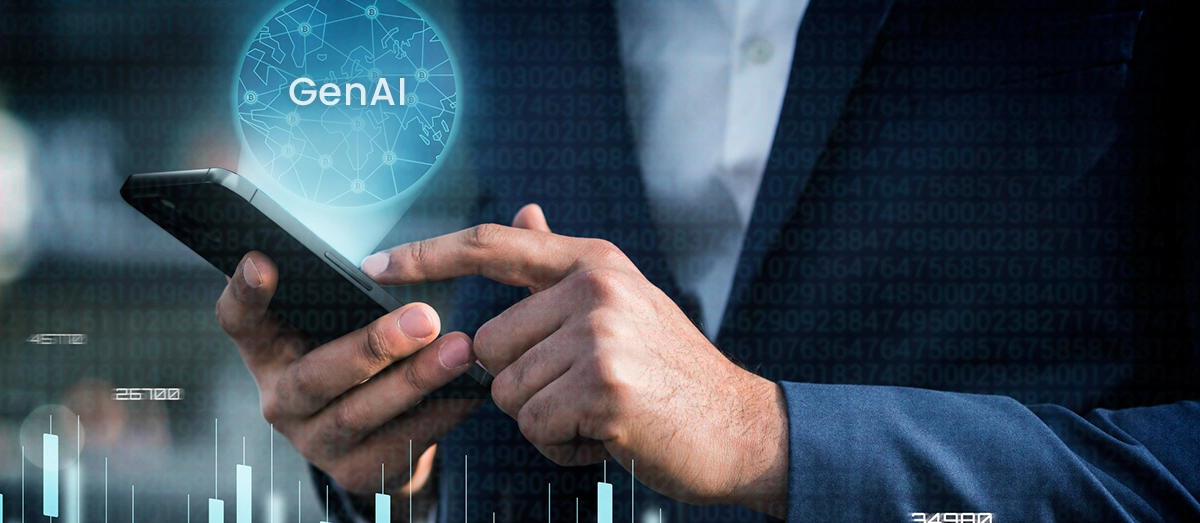If there’s one technology the world has been talking about nonstop this year, it’s generative AI.
The ability of generative AI to provide an almost human-like response in text or image form has upended a number of careers already and dramatically changed the way some people must fulfill their job descriptions.
Let’s talk about the ways generative AI stands to impact a variety of industries, so you can decide for yourself how best to stay ahead of the curve and remain competitive while the playing field shifts under your feet.
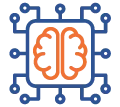
Ready to revolutionize your business with Generative AI?
Watch our on-demand webinar to learn how GenAI can drive innovation, reduce costs, and enhance customer experiences. Dive into real-world case studies and explore the Nividous platform demo for a comprehensive understanding.
What Job Description Changes Can You Expect From Generative AI?
Here are the industries most impacted by AI currently:
If you’re in one of these industries, you’ve likely already had to adapt some of your strategies. Even so, more changes will be coming with future AI development, so be prepared for the landscape to keep changing with the technology.
Content Creation
Writers, journalists, and bloggers now have powerful generative AI tools at their fingertips that can help them draft reports, write articles, generate marketing content, and perform research faster than ever.
These careers still require a human touch, however, and aren’t likely to be replaced by generative AI anytime soon. For one thing, AI-generated content often has a robotic “feel” to it, with repetitive language and a lack of emotional connection. AI also frequently makes mistakes in its research, due to limited, outdated, or inaccurate data sources.
Though content creators can use generative AI to brainstorm and draft their content quickly, much oversight is still needed to make sure that content is truthful, engaging, and helpful to human readers.
Graphic Design
The outlook is similar for graphic designers. AI can build complex artistic compositions and tweak design elements almost instantly, but that doesn’t make it foolproof.
AI-generated art can certainly be beautiful, but it’s unlikely to spark the same emotional response as artwork made by a human. Currently, AI images are also notorious for creating odd visual mistakes and brain-bending images, such as adding too many fingers to a hand or creating a giraffe with two heads.
With that said, graphic designers have already begun incorporating generative AI into their daily workflows. One common technique is to use AI to generate a “starting point,” after which designers can add their own artistic ideas, emotional depth, and human flair to the piece.
Software Development
One area where generative AI has made huge waves is in software development. Never before have people been able to create fully functional apps and programs in just a day or two, without much prior coding knowledge. When folks started discovering how AI enabled them to do exactly this, the number of AI-generated apps exploded exponentially.
After the novelty wore off, however, users began to realize that generative AI tools for software development are limited in the same ways as the AI tools for content creation and graphic design. The initial output may be impressive, but it often requires a hefty dose of human refinement before it can provide a useful and pleasant experience for end users.
As the industry stands now, software developers frequently use generative AI to automate tedious coding tasks, help with debugging, optimize existing code, and fix tricky errors. Taking care of this kind of busywork with AI frees developers up to focus on the complex aspects of software development that often require high-level thinking.
Healthcare
There are many applications where generative AI can take over the mundane tasks involved in keeping healthcare facilities up and running.
Using AI for medical billing, for example, can save hospitals a huge amount of money and countless employee hours that might otherwise have been wasted fixing costly billing mistakes and poring over complex medical code charts.
Fascinatingly, physicians have begun using AI to streamline their medical practices. AI is commonly used to predict medication interactions, determine the best course of treatment for individuals with unique medical histories, and plot the probable course of a disease based on the treatments used and the patient’s individual circumstances.
Even more excitingly, radiologists can now use AI to detect tumors and other potential issues early, before human eyes can perceive the changes on image scans.
Of course, it’s crucial for trained healthcare professionals to still be heavily involved in all these processes. For now, it’s best if physicians use AI to inform their expert decisions rather than relying on it to decide the ultimate course of action.
Architecture And Design
The field of architecture is interesting, because talented architects must understand what makes a structure safe and solid while still applying enough creativity and design to make the finished structure visually appealing.
Generative AI can help with both parts of this process. It can create unique and interesting new designs and double-check building plans against established rules for safety and functionality.
However, AI is still more limited than human architects in both of these capacities. Think of the example where generative AI accidentally created a giraffe with two heads, and you can understand why architects must closely oversee any structural decisions made by the technology.
Similar to the other industries on this list, it’s best if architects use generative AI to streamline their processes and brainstorm new ideas instead of trusting it to create entire projects from start to finish.
Data Analysis
AI is exceptionally powerful at sorting through enormous data sets and identifying patterns and trends. In fact, AI is often able to pick up on subtle trends and weak correlations that human data analysts might overlook or attribute to chance.
This is one rare instance where AI might actually outperform human experts in some aspects of the job. It falls short, however, in interpreting those patterns, trends, and correlations in a way that makes sense in the real world. Data analysts are still vital, in that they can apply human logic and experience to make informed decisions based on the results generated by AI data analysis.
If your job requires any of the following, generative AI may not affect you as heavily:
Human-Centric Skills/Job Tasks |
Example Fields |
|---|---|
| Intense Creativity | Literature, fine art, music composition, and any other pursuits that draw heavily on human experiences and emotions |
| Emotional And Interpersonal Interactions | Therapy, counseling, social work, and other fields that rely on empathy and emotional intelligence |
| Complex Decision-Making | High-level management, strategic consulting, and jobs that focus heavily on using experience to guide complex decisions |
| Groundbreaking Research And Innovation | Cutting-edge scientific research, theoretical physics, and pursuits that require bursts of imagination and speculation |
| Compassionate Care Services | Child care, elder care, nursing, and other fields where workers must use empathy, compassion, and emotional support |
| Novel Designs And Inventions | Designing ingenuitive new products, conceptualizing novel ideas, and employing high-level problem-solving skills |
It’s worth noting that even though roles with human-centric qualities are less impacted by generative AI in its current iteration, they’re certainly still feeling the influence of AI in some ways. For instance, employees who need to make complex decisions on a regular basis can use AI to build models of possible outcomes while still relying on their personal expertise and experiences to guide their choices.
At Nividous, we believe that AI is best used as a tool to assist humans with their jobs, rather than to replace them. Effective workplaces can leverage the combined strengths of both AI (speed, volume, and convenience) and humans (innovation, emotional depth, unique ideas, and expertise) to have the best of both worlds.
Allowing human workers the freedom to use AI to speed up their workflows, finish tedious tasks faster, and double-check their work for accuracy can free up more time for innovation, creativity, and all of the other facets that make humans irreplaceable in most industries.
If you’re ready to harness the power of AI in your own business, contact Nividous.
Nividous specializes in building powerful AI solutions that can help organizations operate more efficiently and make the workplace a more pleasant place for the people who spend their days there.

